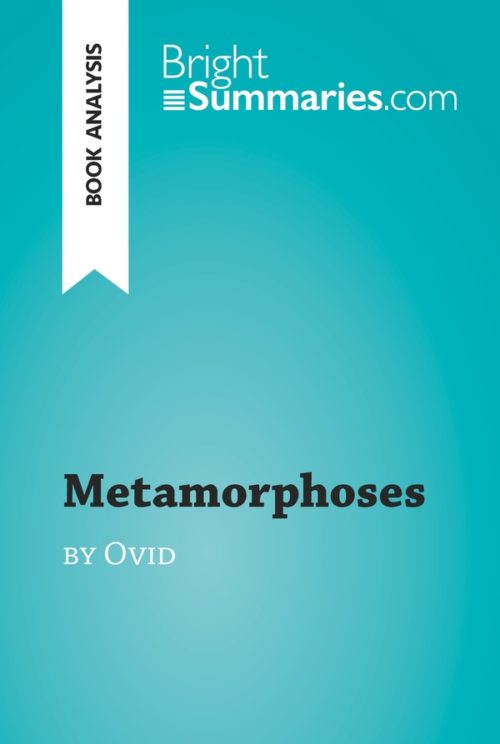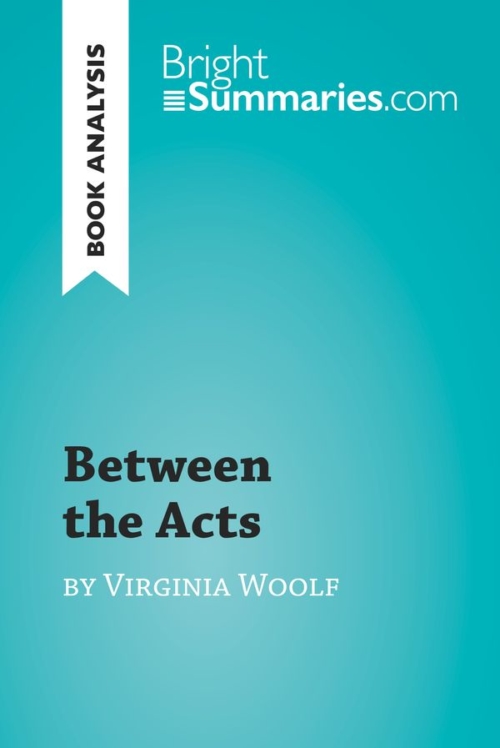Midnight's Children by Salman Rushdie (Book Analysis)
Midnight’s Children by Salman Rushdie (Book Analysis)
Detailed Summary, Analysis and Reading Guide
Read more
This practical and insightful reading guide offers a complete summary and analysis of Midnight’s Children by Salman Rushdie. It provides a thorough exploration of the novel’s plot, characters and main themes, including individuality, legacy and the history and culture of India. The clear and concise style makes for easy understanding, providing the perfect opportunity to improve your literary knowledge in no time.
This clear and detailed 66-page reading guide is structured as follows:
- Biography of Salman Rushdie
- Presentation of Midnight’s Children
- Summary of Midnight’s Children
- Character study
- Saleem Sinai
- Padma Mangroli
- Shiva
- Parvati-the-witch
- Indira Gandhi
- Analysis of Midnight’s Children
- Form
- Themes
About Midnight’s Children
Midnight’s Children is one of Salman Rushdie’s best-known novels, and catapulted him to international fame when it was published in 1981. It tells the story of Saleem Sinai, who was born at the stroke of midnight on the day India became an independent nation, and who later realises that he, along with all of the other “midnight children” born at that moment, possesses supernatural powers. The novel is considered a milestone in English-language Indian literature, won the 1981 Man Booker Prize, and was adapted for the cinema in 2012.
About Salman Rushdie
Salman Rushdie grew up in a middle-class family of Kashmiri descent in Bombay before moving to the UK for his studies in 1961 at the age of 14. After studying history at Cambridge University, he published his first novel in 1975 and shot to international fame with the publication of Midnight’s Children in 1981. He has been at the centre of a number of controversies, most notably after his fourth novel, The Satanic Verses (1988), was condemned as blasphemous by Muslim authorities, many of whom also called for his execution. He is a recipient of the Man Booker Prize, and was knighted in 2007.
Product details
| ISBN | 9782808001786 |
|---|---|
| Publisher | Plurilingua Publishing |
| Collection | Brightsummaries.com |
| Format | |
| Pages | 66 |
| File size | 2.2 MB |







